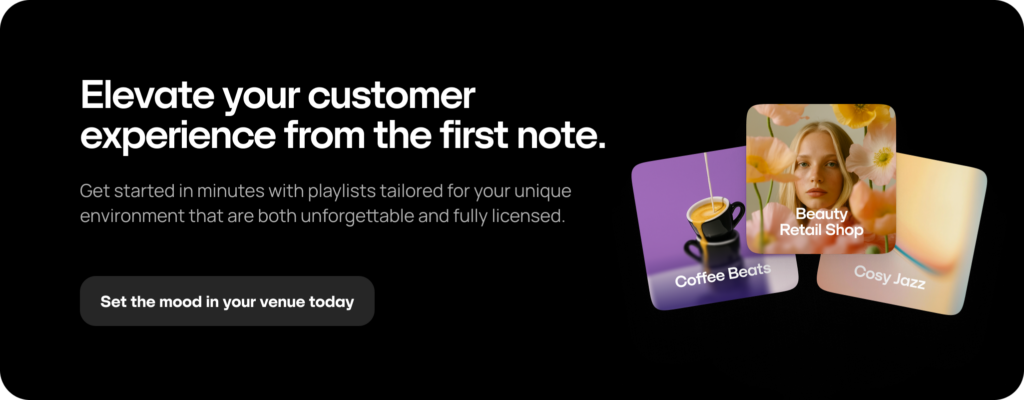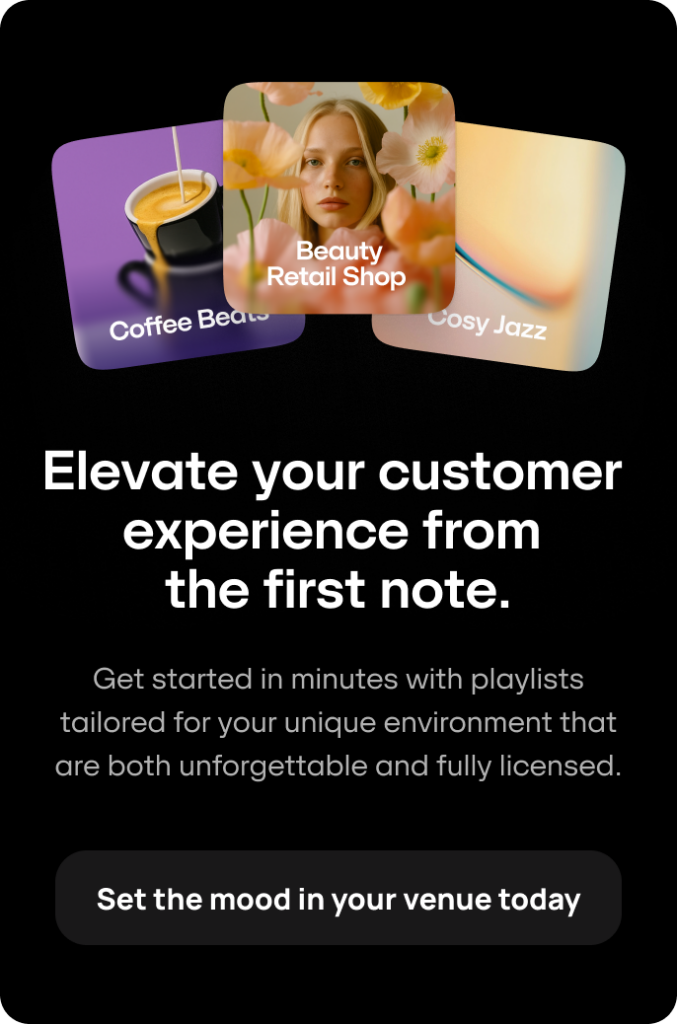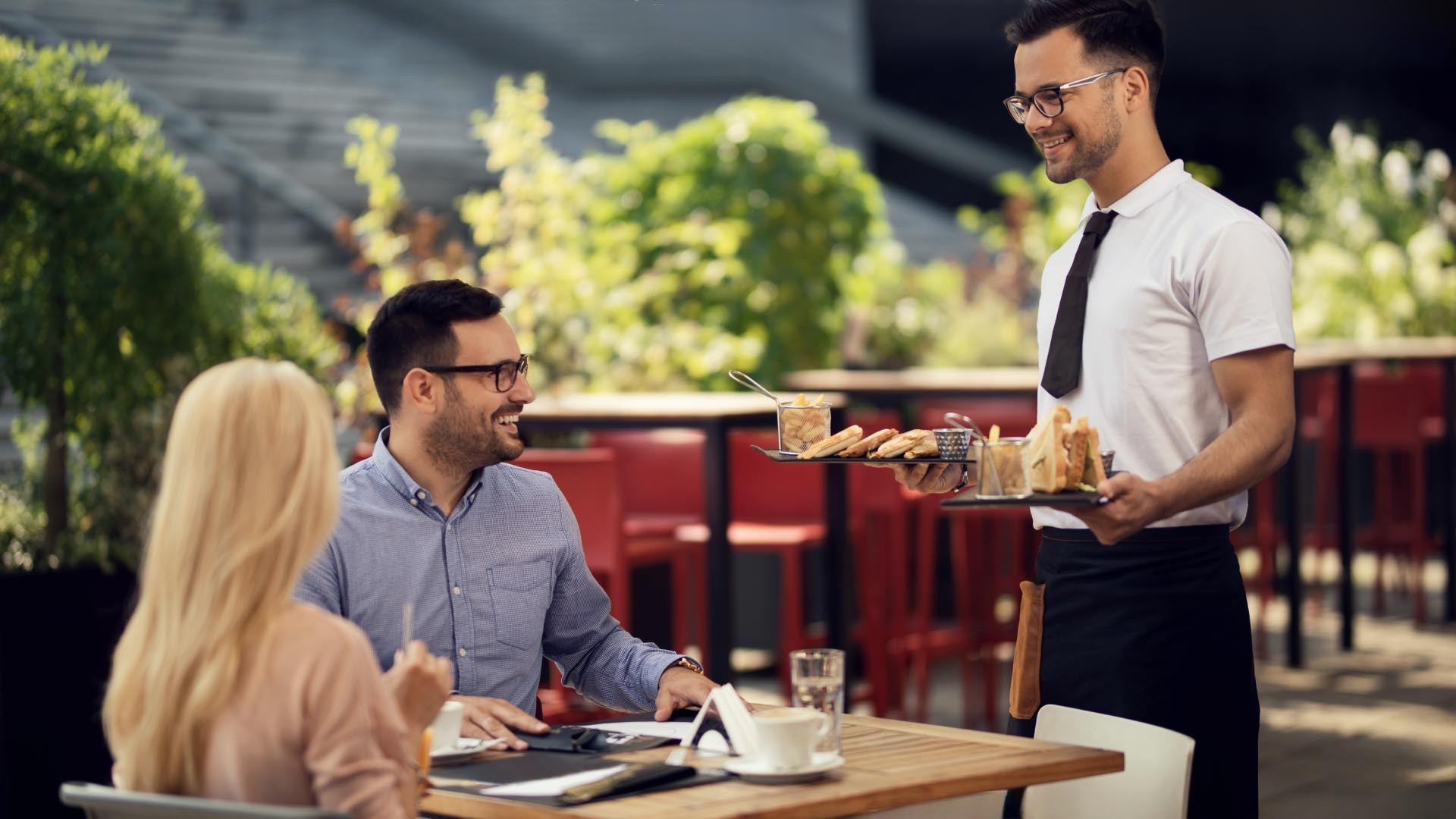Restaurant checklist: Top 12 success factors you need to consider

The restaurant business is among the most competitive and difficult ventures to operate. First, during economic downturns, the hospitality industry is the first sector to suffer. Second, restaurants have to resolve various issues, from labor shortage to inflation, significant energy costs, and high regulatory burden.
In this context, providing sustained restaurant growth and generating sufficient revenue require more than just serving quality food.
We’ve already considered how to increase restaurant sales and maximize table turnover rate. In this article, you will explore the top 12 restaurant success factors you should take into account to achieve perfection. The article will be helpful if you aim to:
- Open a restaurant business
- Improve key performance indicators
- Push up sales and scale a company
Get a checklist for a restaurant and see what requirements you should comply with.


The main requirements for your restaurant checklist
1. Culinary excellence
Culinary excellence stays at the core of any successful restaurant. According to the survey published by Toast, 60% of respondents say that food quality is the most essential component of their visit to a restaurant.
To attract and retain customers, you need to create a diverse and well-crafted menu that caters to various tastes. Furthermore, it is crucial to ensure your culinary offerings are not only delicious but reflect the identity and theme of your hospitality place.
You can also opt for unique dishes that can make your restaurant stand out from competitors and contribute to improved guest retention.
2. Menu innovation
In order to keep clients engaged, you should regularly update your menu, coming up with new dishes and replacing inefficient positions if any. Consider introducing seasonal dishes, experiment with new flavors, and pay attention to dietary trends.
For instance, you can suggest dishes to special-diet and health-conscious customers adhering to gluten-free, vegan, or ketogenic diets. Then, if the demand is high, you can provide a comprehensive menu to these consumer groups.
3. Quality customer service
Exceptional customer service is vital to restaurant growth. To increase purchase check, retain guests, and encourage positive feedback, your employees have to be courteous, attentive, and knowledgeable about the menu and offerings.
So, train your staff to handle complaints politely and efficiently. Additionally, they should be able to anticipate and meet client expectations. Therefore, it is important to verify applicants’ soft and communication skills when carrying out job interviews.
4. Cleanliness and quality standards
Maintaining cleanliness and adhering to quality standards are irreplaceable components of the restaurant’s success. Cleanliness not only creates a positive first impression but reflects a commitment to hygiene and professionalism.
People associate cleanliness with the overall quality of the restaurant, affecting their perception of the food and service. A spotless environment enhances the dining experience while the lack of cleanliness may lead to negative reviews and damaged reputation.
Encompassing cooking processes and ingredients, quality standards are equally crucial. Using fresh, high-quality ingredients elevates the taste of dishes and contributes to diner well-being. By providing consistency in food preparation, you will make sure that customers receive the same great experience during each visit.
In addition, cleanliness and quality standards are imperative for regulatory compliance. Health and safety regulations mandate a sanitary environment to prevent potential illnesses.
5. Background music
Background music is an integral part of the restaurant atmosphere, helping provide a unique and delightful dining experience. Analysts found that music can psychologically influence guest behavior. By streaming tailored music, it is possible to increase the purchase check, amount of food ordered, and time diners spend at your public venue.
HUI Research determined that restaurants playing carefully selected music can boost overall sales by over 9% and dessert sales — by more than 15%. Personalized background music can also enable restaurants to improve consumer satisfaction and retention.
So, music is among the primary aspects in the restaurant checklist. To engage the audience, choose music playlists for restaurants that match your concept, brand identity, and customer profile.
You should take into account the volume, tempo, genres, and language of the music you’re going to play at your hospitality place. In fact, this is a real science but our music experts are always ready to assist you. Get to know how to choose the right background music in our guide.
To reduce costs, time, and effort, you should automate music curation at your HoReCa venue. Moodby Play is a B2B music streaming platform that includes millions of licensed songs, 500+ stations, and numerous playlists compiled by professional DJs.
The platform has rich functionality to achieve the ease of music management, for instance, centralized music control across multiple locations, playlist scheduling, remote access (from any device and place), and explicit lyrics filter.
6. Strategic location
The right location can considerably impact your restaurant’s success. Choose a location that aligns with your target audience’s needs and geographics. For example, it looks weird when a luxury restaurant targeted at business lunches, conferences, and romantic dinners is based in a rough part of town.
Opening a restaurant in a certain location is very helpful but not the primary factor to achieve success. If your hospitality venue offers an awesome atmosphere, delicious food, and client service while you throw resources in marketing, people will definitely come to you.
7. Unique selling proposition
Representing a special component that differentiates a business from competitors, a unique selling proposition, or unique selling point (USP), is among the main attributes in a restaurant checklist.
To create a powerful unique selling proposition, you have to get the answers to the following questions: “Why should diners choose my restaurant?”, “What exactly will appeal to my potential clients?”.
So, you need to identify customer desires and expectations. Then, it is essential to discover the strengths and weaknesses of your establishment. Finally, you should analyze your rivals to determine what works for other hospitality venues and what doesn’t. To explore the ideas for a great unique selling proposition, read our article on the topic.
8. Interior design
Shaping the overall dining experience, interior design plays a pivotal role in restaurant success. Thoughtful design has a direct impact on customer perception of your public venue. The color scheme, textures, and furniture contribute to a cohesive brand identity, fostering customer loyalty.
You should use these attributes strategically to complement your brand identity and stimulate the senses of diners. If you own, for example, a family restaurant with a traditional Italian cuisine, you can apply warm colors, place rustic furniture, and hang pictures of Italy on the walls.
Functional comfortable spaces encourage longer stays and repeat visits. In a highly competitive landscape, a visually appealing interior becomes of special importance, helping attract a lot of positive reviews, prevent churn, and boost profitability.
9. Social media presence
Social media presence is vital to building relationships with customers and increasing brand awareness. That’s why it is among the main requirements in the restaurant checklist. Have a look at social network statistics provided by Menu Tiger:
- Around 80% of survey participants expect restaurant businesses to have accounts on social networks and interact with them.
- Social media is the second most trustworthy source of information for people when they decide what restaurant to go to.
- Approximately 95% of food and beverage companies use Facebook while over 50% of consumers choose Facebook to discover restaurant events.
- More than 40% of bars and restaurants employ Twitter to strengthen their brand.
- About 80% of bars, restaurants, and hotels use Instagram to promote their services. Nearly 60% of respondents look for new restaurants on Instagram.
As part of your restaurant growth strategy, you need to create profiles on social networks like Instagram, Facebook, and Twitter, share enticing visuals of your dishes, introduce promotions, and communicate with the audience.
On top of that, you can use TikTok, a popular video-sharing app, to showcase entertaining content about your staff, processes, menu, cooking styles, and culinary offerings. This will also help you lure people, boost online visibility, and cultivate consumer engagement.
10. Inventory management
Well-established inventory management is one of the principal requirements in any restaurant checklist. With efficient inventory management in your restaurant, you will increase overall kitchen productivity, reduce expenses, and minimize losses. By monitoring stock levels, you will never run out of key ingredients and improve the purchasing process.
Proper inventory control enables timely menu updates, reflecting seasonal availability and preventing menu item shortages. Furthermore, your restaurant will minimize food waste, which contributes to sustainability and meets the needs of environmentally-conscious consumers.
Therefore, inventory management takes an important role in the checklist for a restaurant. To optimize this process, you can integrate enterprise resource planning (ERP) software.
By using an ERP system, businesses can ensure that data (product usage, prices, margin, etc.) collected from multiple suppliers and partners is unified, complete, and accurate. In addition, it will be possible to automate procurement and warehousing.
An ERP application can generate various reports showing key performance indicators (KPIs), such as inventory turnover, food cost percentage, and gross profit, for each menu item, category, and location. An ERP solution can also track the stock levels of raw ingredients and non-food items in real time.
11. Fast order management
Since fast order management directly affects consumer satisfaction, operational efficiency, and financial performance, it is one of the primary restaurant success factors you should consider.
With the rise of online ordering and delivery services, this becomes a more important point in the restaurant checklist. By automating order handling, you will ensure timely and accurate delivery of meals, resulting in improved customer loyalty.
For this purpose, you can integrate an order management system into your workflows, choosing market-ready software or building a custom software solution from scratch.
12. Responses on reviews
Menu Tiger reports that restaurants actively responding to client reviews on social networks manage to increase the audience’s satisfaction by 15%. Another survey says that approximately 72% of consumers trust online reviews as much as they trust recommendations. According to Tripadvisor, the vast majority of participants decide where to dine based on an online review.
This way, it is essential to monitor and respond to reviews and comments promptly and politely. Positive reviews deserve appreciation while negative feedback should be addressed with humility and a commitment to improvement. This will help you build loyalty, attract customers, and minimize churn.
A recipe for restaurant success
Restaurant growth requires a multi-faceted approach and thoughtful business development strategy. This restaurant checklist serves as a comprehensive guide to navigating the intricacies of running a successful hospitality business.
Remember, restaurant success is not just about serving great food but about creating an awesome experience that encourages customers to return and recommend your hospitality place to others.
By prioritizing the above mentioned attributes, you will be able to generate stable income and create a lasting impact in the culinary world. Cheers to the success of your restaurant venture!


